Compressed Biogas (CBG) Overview
Exploring Sustainable Energy Solutions with MOJJ
Introduction
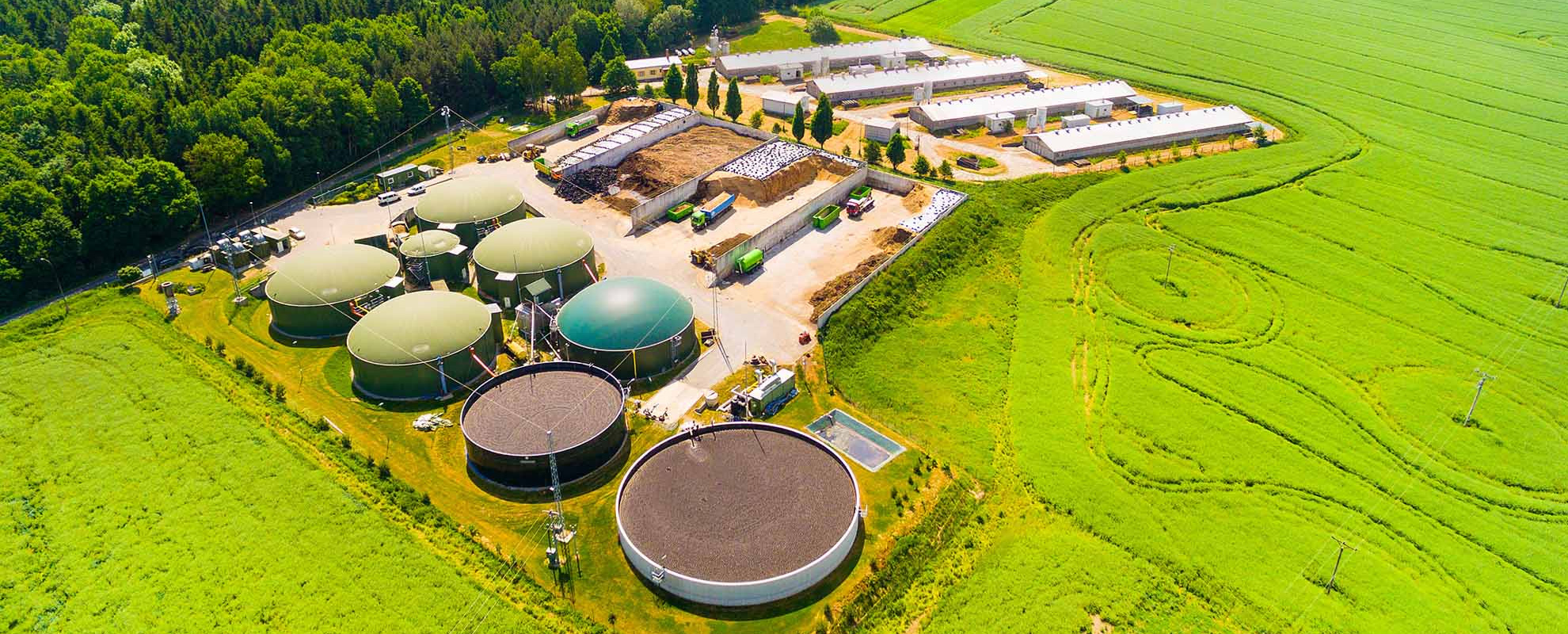
Launched in October 2018 by the Ministry of Petroleum and Natural Gas, the Sustainable Alternative Towards Affordable Transportation (SATAT) and Galvanising Organic Bio-Agro Resources Dhan (GOBARdhan) launched in Jun 2023, are major multi-ministerial initiative of Government of India, aimed at converting biodegradable/ organic waste, including cattle dung and agricultural residues and other biomass, into valuable resources such as biogas, compressed biogas (CBG), and organic manure to promote circular economy through a novel approach.
These initiatives have marked a pivotal moment in India’s pursuit of green energy solutions. The initiative aimed to establish a network of Compressed Bio-Gas (CBG) production plants, producing cleaner fuel from organic waste sources and contributing to a more sustainable transportation sector, is a path towards achieving the broader national objectives of energy security, reduced carbon emissions, and the promotion of a circular economy by utilising organic waste as a valuable resource.
Furthermore, MOJJ aligns its world class technology seamlessly with the SATAT and GOBARdhan policy and India’s broader aspirations in the realm of sustainable development and its commitment to achieving net-zero carbon emissions by 2070. Having an advantage of more than 35+ year experience in biotechnology field MOJJ is offering its cutting-edge technology for CBG plant on EPC basis. Compressed Bio-Gas (CBG), derived from organic waste and boasting a methane content exceeding 95 per cent, presents a cleaner alternative to conventional fossil fuels.
Why MOJJ?
Among other technologies the CBG plant offered by Mojj is accompanied by certain advantages:
- Low water consumption: The plant is designed for a minimum usage of freshwater consumption in the process.
- Zero waste technology: The process outputs of the biogas plant, biogas and digested slurry, can be utilized in process economically. In Napier grass farming the liquid digestate can be directly used for irrigation in farm recycling the micronutrients and carbon back to the soil.
- Hygiene: Improvement of hygienic conditions through reduction of pathogens, worm eggs and flies and emission of odour.
- Biogas purity: The biogas cleaning plant achieves a consistent methane purity of at least 96%.
- Membrane purification technology guarantees maximum recovery and Methane purity compared to other processes, which can easily be increased with changing nominal process parameters and number of stages if future demands.
- Plant dynamics: Online monitoring and diagnostic reporting system ensures an optimal performance and easy maintenance
In addition to EPC supply, MOJJ provides operation and maintenance contracts separately for clients looking for long term support.
What is CBG?
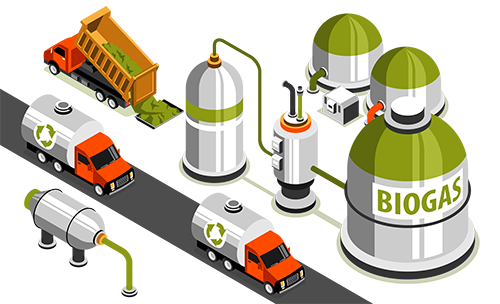
Compressed Biogas (CBG) is a renewable energy source produced through anaerobic digestion of organic materials, including agricultural waste, manure, municipal solid waste, and agro-industrial waste. CBG is purified and compressed to make it suitable as a high-energy fuel, comparable to Compressed Natural Gas (CNG), containing 90-96% methane. It replace CNG in automotive, industrial, and commercial applications due to abundant biomass availability in the country.
CBG Production Process
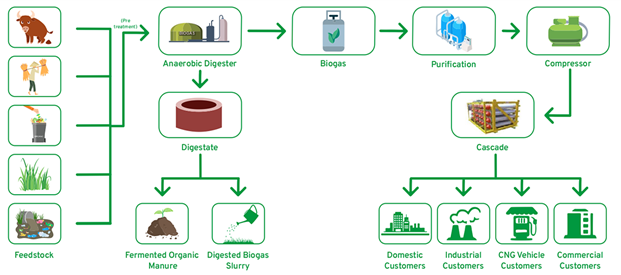

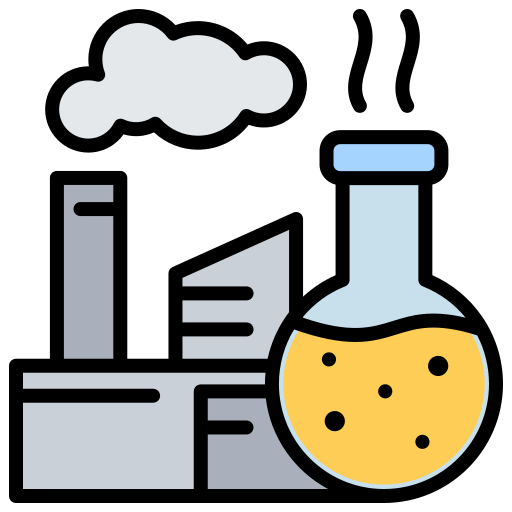

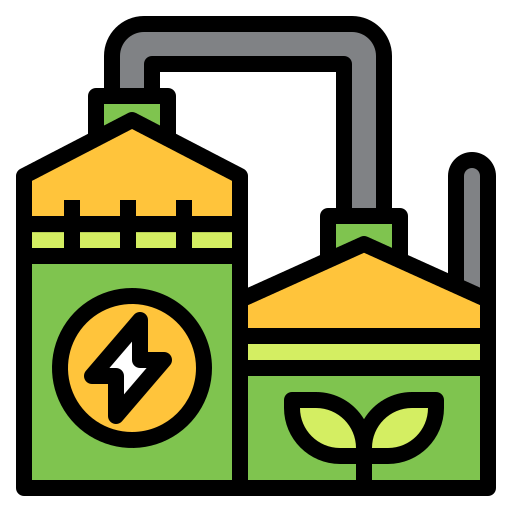

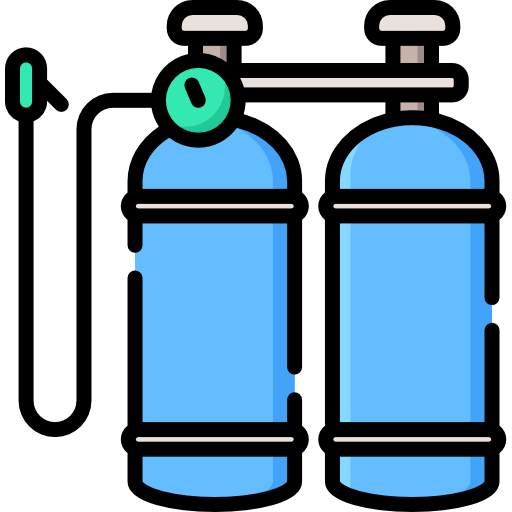
Plant Capacities
| Capacity | Raw Material |
|---|---|
| 5 TPD | Press mud, Distillery spent wash, Animal poultry waste, Municipal solid waste, Paddy straw, Napier grass and other organic sources |
| 10 TPD | Press mud, Distillery spent wash, Animal poultry waste, Municipal solid waste, Paddy straw, Napier grass and other organic sources |
| 20 TPD |
